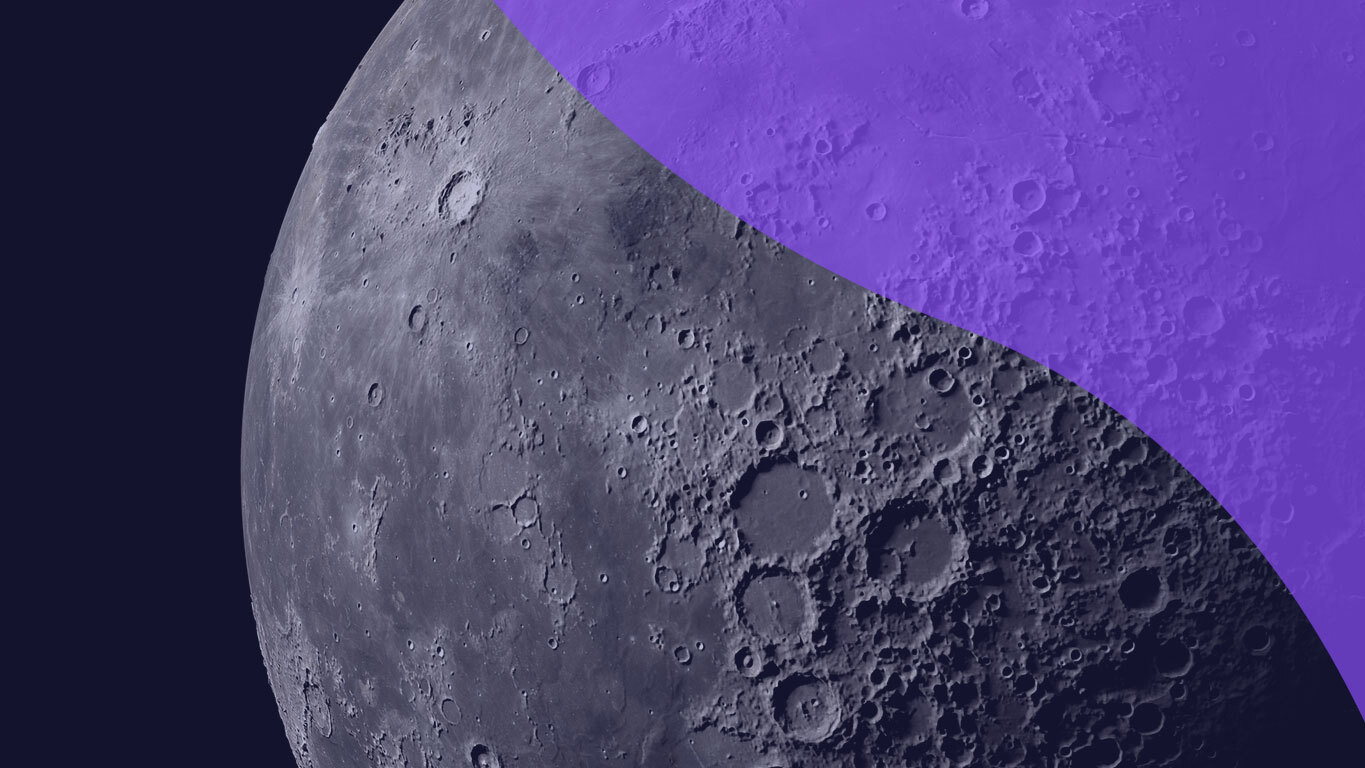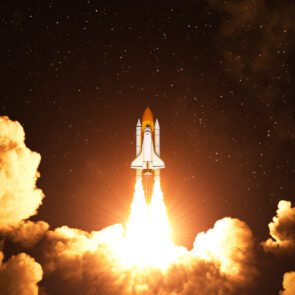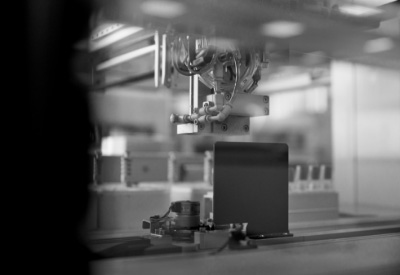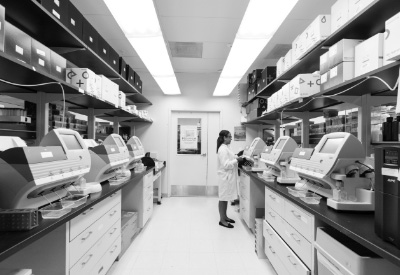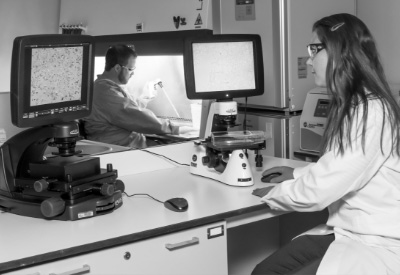November 2024 | Tips & Information
The Artemis Mission and the Future of Lunar Science
NASA’s Artemis mission represents the next great leap forward in human space exploration, with a bold vision of returning astronauts to the Moon and establishing a permanent, sustainable presence on the lunar surface. This ambitious program has sparked global excitement, especially because it aims to lay the groundwork for even more advanced exploration of further planets, including Mars and beyond.
But Artemis is not just about human spaceflight—it’s about unlocking the Moon’s scientific secrets, expanding our understanding of planetary science, and establishing a gateway for future exploration missions. This article explores more about the Artemis mission and City Labs’ role.
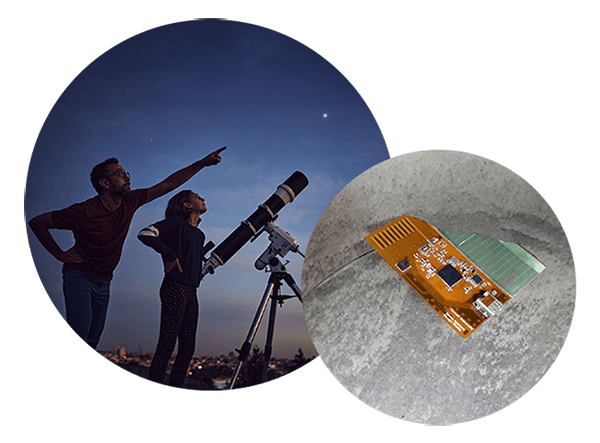
The Artemis Program: A Comprehensive Overview
The Artemis mission is divided into multiple phases, each with a unique focus on building capabilities and gathering knowledge for long-term lunar exploration:
- The first mission, Artemis I, served as an uncrewed test flight of NASA’s Space Launch System (SLS) and the Orion spacecraft, successfully laying the groundwork for future crewed missions.
- The follow-up, Artemis II, scheduled to launch in September 2025, will send astronauts around the Moon, marking the first time humans have ventured that far into space since the Apollo era.
- Artemis III will serve the mission’s ultimate goal of landing astronauts near the Moon’s mysterious south pole. This region is of immense interest due to the presence of permanently shadowed craters that may contain water ice—a critical resource for future exploration. This mission will launch no earlier than September 2026.
These missions are designed to be stepping stones for creating sustainable infrastructure on the Moon, enabling long-term science operations and serving as a launchpad for future deep-space missions.
Key Science Objectives of Artemis
The Artemis program is not solely about human exploration; it also aims to address several fundamental questions in lunar science. One of the most important objectives is understanding the presence, distribution, and accessibility of water on the Moon, particularly near the lunar south pole. Water ice is crucial for sustaining human life, supporting agricultural systems, and even producing rocket fuel.
In addition to resource utilization, Artemis seeks to deepen our knowledge of the Moon’s geological history. The Moon holds a record of the solar system’s early development, providing scientists with an extraordinary archive of past planetary impacts and volcanic activity. The data gathered from lunar surface studies will reveal more about the Moon itself and inform our understanding of Earth’s early history and the broader dynamics of planetary evolution.
The Future of Lunar Science Enabled by Artemis
The long-term vision for Artemis includes the establishment of the Lunar Gateway, a space station that will orbit the Moon and serve as a research laboratory and staging point for missions deeper into space. With this infrastructure in place, NASA and international partners can deploy more sophisticated robotic and human missions to the lunar surface. This infrastructure will enable continuous scientific experimentation, including geological mapping, biological research, and astronomical observations.
One exciting future direction is the potential to create long-term lunar habitats supported by sustainable energy and resource management technologies. These habitats will allow for an extended human presence on the Moon, setting the stage for future missions to Mars.
City Labs’ Role in Artemis and Lunar Exploration
At City Labs, we are excited to be part of this next wave of lunar exploration. Thanks to our project funded by the NASA Innovative Advanced Concepts (NIAC) program, we are developing tritium-powered autonomous sensors designed to operate in the extreme conditions of the Moon’s Permanently Shadowed Regions (PSRs). These autonomous tritium micropowered sensors (ATMS) will play a critical role in characterizing the lunar environment, particularly in areas that are perpetually shadowed and unreachable by solar-powered technology.
Powered by our NanoTritium™ batteries, these sensors are designed to provide long-lasting, reliable power in the harsh environment of outer space. The technology leverages the natural decay of tritium to generate energy, enabling the sensors to operate continuously without the need for sunlight or external power sources. This capability is crucial for exploring the Moon’s coldest regions, where conventional batteries would fail due to extreme temperatures and other stressors posed by space.
These sensors are equipped with advanced spectrometers capable of detecting water and other valuable resources, providing essential data that will help inform future lunar operations. By deploying these miniaturized sensors across the lunar surface, we aim to create a comprehensive map of water ice and other volatiles, directly supporting NASA’s goals for the Artemis mission and future human habitation of the Moon.
A Bright Future for Lunar Science
The Artemis mission is a monumental step forward in human space exploration, but it is also the beginning of a new era in lunar science. As NASA moves toward establishing a permanent presence on the Moon, the scientific discoveries made possible by missions like Artemis will reshape our understanding of the solar system. The work we are doing at City Labs is an integral part of this journey, contributing to the success of lunar exploration and helping to unlock the Moon’s full potential as a platform for scientific research and exploration.
By leveraging our advanced power solutions, City Labs is helping to make the seemingly impossible—exploration of the Moon’s coldest and darkest regions—possible. We are proud to be involved in this extraordinary mission and look forward to future innovations and discoveries. If you are interested in joining us on this mission, contact us today.

